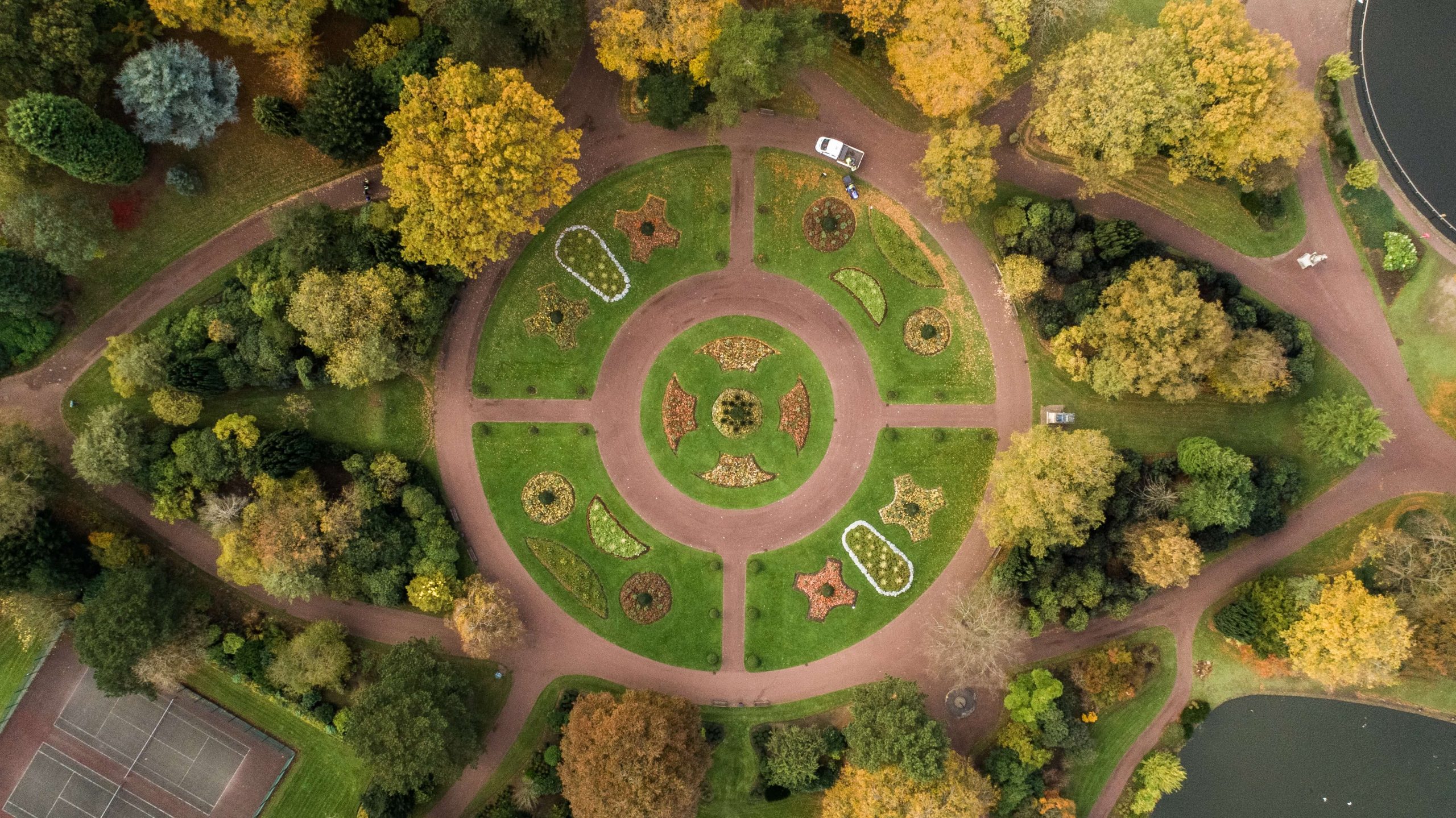
When talking about the circular economy, many companies associate the term only with recycling. This was one of the conclusions of “Search of perception about Circular Economy: Understanding the challenges and opportunities for applying this new economy” carried out by the Espaço ECO Foundation, in partnership with the National Confederation of Industries (CNI). And you? Are you familiar with the concept of circular economy?
According to the Foundation Ellen MacArthur, a reference on the subject, circular economy is a new way of designing, manufacturing and using products within planetary limits, based on 3 principles: regenerate natural systems; eliminate waste and pollution from the beginning; and maintain products and materials at their highest level of usefulness and value.
The circular economy is premised on being regenerative and restorative by design and distinguishes two nutrient cycles: the biological cycle, which comprises renewable materials such as food, soil, solar energy; and the technical nutrient cycle, which involves the management of non-renewable resources, such as metals, plastics and other synthetic materials.
While several studies point to a green recovery of the global economy, in which the circular economy can unlock a lot of value, the Search of perception about Circular Economy mapped that few companies are actually implementing the concept in their agendas, indicating a lack of a business approach that evaluates everything from product conception to the end of its life cycle.
Study carried out by the consultancy McKinsey in partnership with the Ellen MacArthur Foundation indicated that the implementation of circular economy strategies could result in a cost reduction of 600 billion euros per year and an additional 1.8 trillion euros in economic benefits, in Europe alone.
Another study by Ellen MacArthur, called “Towards the Circular Economy: The Business Rationale to Accelerate the Transition”, also highlights 6 circular economy activities that can be applied in the most diverse sectors, public and private, aiming at the transition to the circular economy:
– Regenerate: migrate from fossil sources to renewable sources of energy and materials; recover, retain and restore the health of ecosystems; return recovered biological resources to the biosphere. From CO2 that we expel and that plants absorb when carrying out photosynthesis, to trees that die and become fertilizer for new plants, nature has perfect nutrient cycles, we need to restore these cycles;
- To share: new business models like Uber and Airbnb have brought the sharing economy into our lives once and for all. But this is just the beginning. The sharing model still has a lot to grow, from drills to washing machines, to commercial spaces through co-working, which are expected to become increasingly common, especially with the digital work revolution that the COVID pandemic has ushered in. forced to do;
– Optimize: increase the useful life of products, allowing updates, repairs, removing waste, eliminating unnecessary packaging and utensils. Program obsolescence must give way to durable and reconditionable products;
– Cycle: probably the most cited action when talking about circular economy. It ranges from the remanufacturing of products or components and the recycling of materials to other lesser-known processes such as anaerobic digestion and extraction of biochemical substances from organic waste;
– Virtualize: The digital revolution has made it possible to dematerialize a large number of products, such as books, CDs, DVDs, etc. Digitally signing documents, in addition to saving invaluable time, also avoids the use of paper, ink and the need to transport documents;
- To replace: the application of new technologies, such as 3D printing, as well as servitization can generate a much lower demand for input, with more efficiency for end customers.
It can be noted that there are many ways to develop circular economy actions and that these changes, in addition to environmental gains, accelerate innovation and bring with them other benefits such as efficiency gains, time savings, generation of new jobs, among others. .
We urgently need to change the consumption paradigm based on the linear model of production (extract, manufacture, use, throw away) to the circular model. Do not adopt this new mindset It's more than leaving a lot of money on the table. It is putting our own survival on this planet at risk.

Share